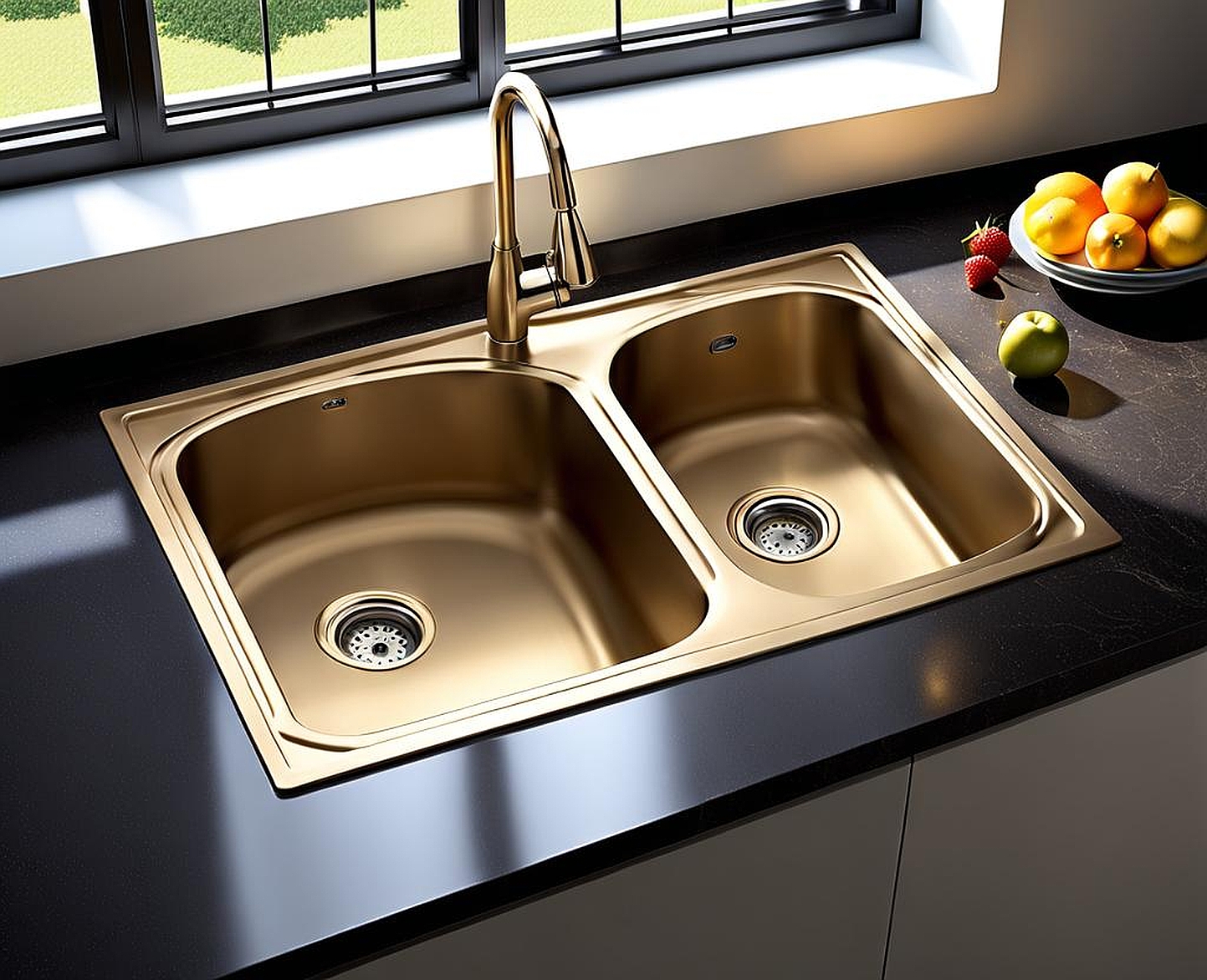Selecting the right sink width is important when designing a kitchen. The kitchen sink width sizes you choose can significantly impact the overall workflow, storage space, and visual appeal of your cooking haven. Whether you’re renovating or building a new kitchen, understanding the importance of proper sink dimensions is key to creating a harmonious and efficient space.
The Importance of Proper Kitchen Sink Width Sizes
A well-designed kitchen is a true masterpiece, where form and function seamlessly intertwine. The sink, being the hub of activity, plays a pivotal role in this harmonious symphony. Its width is more than just a mere measurement; it’s a orchestration of practicality and aesthetics.
From a functional standpoint, the sink width determines the amount of workspace available for food preparation, cleaning, and even accommodating larger cooking utensils or dishes. A sink that’s too narrow can hinder your culinary flow, leading to cramped conditions and potential frustration. On the flip side, an overly wide sink might consume valuable counter space, leaving you with limited room for other kitchen essentials.

Aesthetically, the sink width contributes to the overall visual balance and cohesiveness of your kitchen design. A well-proportioned sink can enhance the room’s appeal, while an ill-fitting one can disrupt the harmony you’ve worked so hard to create. It’s all about striking the perfect balance between utility and beauty.
Standard Kitchen Sink Width Sizes
Before diving into the realm of sink width selection, it’s essential to understand the standard dimensions available on the market. While custom sizes are certainly an option, most homeowners opt for pre-fabricated sinks that adhere to industry norms. Here’s an overview of common kitchen sink width sizes:
- Single-bowl sinks: Typically range from 24 to 36 inches in width, with 30 inches being a popular choice for modern kitchens.
- Double-bowl sinks: These versatile sinks usually measure between 32 and 48 inches wide, with the most common sizes being 33 and 36 inches.
It’s worth noting that these dimensions can vary slightly depending on the manufacturer and the specific sink model. Additionally, the sink depth and overall configuration (e.g., farmhouse, undermount, or drop-in) can also influence the perceived width and overall footprint.
Factors to Consider When Choosing Kitchen Sink Width
While standard sink widths provide a good starting point, several factors should be considered when selecting the perfect fit for your kitchen:
- Counter space requirements: Evaluate the available counter depth and ensure that the sink width leaves ample space for food preparation, appliances, and other essentials.
- Sink depth: Deeper sinks tend to require more width to accommodate larger cookware and dishes comfortably.
- Appliance clearance: Consider the proximity of the sink to appliances like the stove or dishwasher, and ensure that the sink width doesn’t interfere with their operation or door swing.
- Aesthetics and style preferences: While functionality is essential, the sink width should also complement the overall design aesthetic of your kitchen, whether it’s modern, traditional, or something in between.
It’s crucial to strike a balance between these factors to create a kitchen sink area that not only looks stunning but also operates efficiently and ergonomically.
Kitchen Sink Width Installation and Planning
Once you’ve settled on the perfect sink width for your kitchen, it’s time to plan for the installation process. Proper measurements and preparation are key to ensuring a seamless and successful installation.
- Measuring and preparing: Accurately measure the available space for the sink, taking into account the cabinet or countertop dimensions. Consider any potential obstructions, such as plumbing or electrical lines, that may impact the installation.
- Sink width guidelines for countertop materials: Different countertop materials may have specific requirements for sink width and installation methods. Consult with a professional or refer to the manufacturer’s guidelines to ensure compatibility.
- Maximizing sink width in small kitchens: If you’re working with a compact kitchen, consider creative solutions like corner sinks or single-bowl models to make the most of the available space.
- Accessibility and ergonomics: When planning the sink width, keep accessibility and ergonomics in mind. Ensure that the sink dimensions allow for comfortable use and maintenance, especially for individuals with mobility challenges or specific accessibility needs.
By carefully planning and executing the installation process, you can ensure that your new kitchen sink not only looks stunning but also functions flawlessly for years to come.
Choosing the right kitchen sink width is more than just a practical consideration; it’s an opportunity to create a harmonious blend of functionality and style. By understanding the importance of proper sink dimensions, standard sizes, and installation requirements, you can transform your kitchen into a space that not only caters to your culinary needs but also reflects your personal taste and aesthetic preferences.
Remember, a well-designed kitchen is a true masterpiece, and the sink width serves as a crucial canvas upon which you can paint your culinary dreams. Embrace the perfect balance, and let your kitchen sink width be the cornerstone of a space that inspires creativity, efficiency, and sheer joy in the art of cooking.